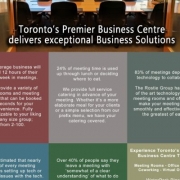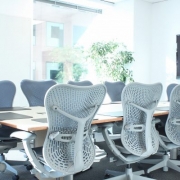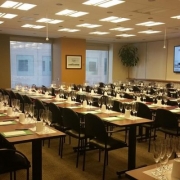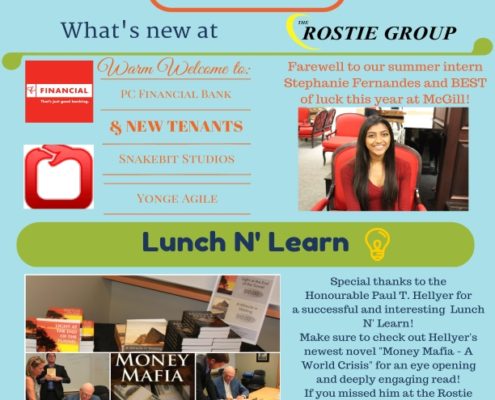
How often do you run across a coworker, sighing as they go onto their way to a meeting? Or maybe you’ve read one of hundreds of articles that say meetings are a waste of time. It’s not surprising that many people react this way.
An unstructured meeting can be a waste of time, but at the end of the day these are still very important parts of running a successful business.
If done right, a meeting allows your team to get together to collaborate, solve problems and build stronger relationships.
Effective leadership and discipline is needed to get the most out of meetings. But how do you effectively lead one?
What’s the purpose?
Communication is the key to mastering meetings. A long meeting doesn’t always mean a successful one, but on that note, neither does a short one.
A successful meeting is one that addresses all the issues at hand so that everyone leaves it feeling sure about what they need to accomplish.
Come into it with a plan. Why have you brought everyone together? What is it you hope to achieve? Have you scheduled enough time to hit all your talking points?
There are many reasons to hold a meeting:
- Problem solving
- Creative brainstorming
- Team or morale building
- Training sessions
If you have a clear picture of what you’re holding a meeting for, it’s easier to build a plan.
Create an agenda
Agendas can give your meeting a solid outline. You may not end up hitting all the points on it, but referring to an agenda helps you keep things on track. Otherwise, unrelated topics may come up and waste everyone’s time. Remember, if it’s not worth creating an agenda for, it’s not worth meeting.
A good agenda should be concise and cover just a few major topics. This helps you leave enough time for discussion so that you can expand on those talking points.
By keeping it to just a few topics, it also helps focus your team on what they need to do. It’s easier to send an employee away with one or two major tasks rather than fifteen small ones. Too many tasks can easily lead to confusion and ultimately, procrastination.
 Meetings start on time
Meetings start on time
There was a famous story of a meeting Steve Jobs ran while he was at Pixar. Jobs was to meet with Lucasfilm’s Chief Financial Officer, who decided that he could show he was in control of the meeting by getting there a few minutes late.
He eagerly walked into the room, expecting everyone to be waiting for him. Instead, Jobs had already started the meeting and was now in control of it.
Showing up early shows you’re serious about being productive and getting things done. It also shows that you value your team’s or your client’s time.
No phones under the table
Meetings require your full attention. If you’re staring down at your phone while someone is talking, it can come off the wrong way, especially if there are clients or bosses in the room.
It’s best practice to turn your phone on silent and place it face down on the table or tuck it away in your pocket. That way, you’re not distracted by flashing screens or the temptation to look at the time.
If you have a scheduled call to take, then plan to step out of the room beforehand so as not to distract anyone.
Meetings end on time
Just like starting your meeting on schedule, ending it on time shows you respect other people’s time. It keeps everyone on task and ensures that there’s no time being wasted.
Be sure to discuss the end time of the meeting before it starts and reinforce it again as you approach the time. With a ten-minute warning, you can then set a clear boundary and start wrapping up.
You can then take the final few minutes to summarize ideas and assign clear tasks.
There are exceptions to this. Sometimes, ideas might come up towards the end of a meeting and take everyone down a rabbit hole. If the ideas are flowing and you’re making breakthroughs, you don’t want to interrupt anyone.
Build contact reports
If agendas are important pre-meeting, contact reports are just as important post-meeting.
A contact report helps you follow up with everyone after you’re done. Not everyone will have taken notes so it’s a good idea to have one person dedicated towards it.
This person can then create a contact report, which will cover all the important talking points, key takeaways and tasks to be completed and by who.
Having a successful meeting can do many things for you as we’ve covered. It can build morale, help solve critical problems and more. But unfortunately, many meetings are run haphazardly which is why people remain cynical towards them. That doesn’t need to be the case.
Whether it’s a small or a big team, these tips will help you keep these meetings on track so that your company can communicate and solve problems more effectively.










 Meetings start on time
Meetings start on time







 2. Formal meetings
2. Formal meetings














